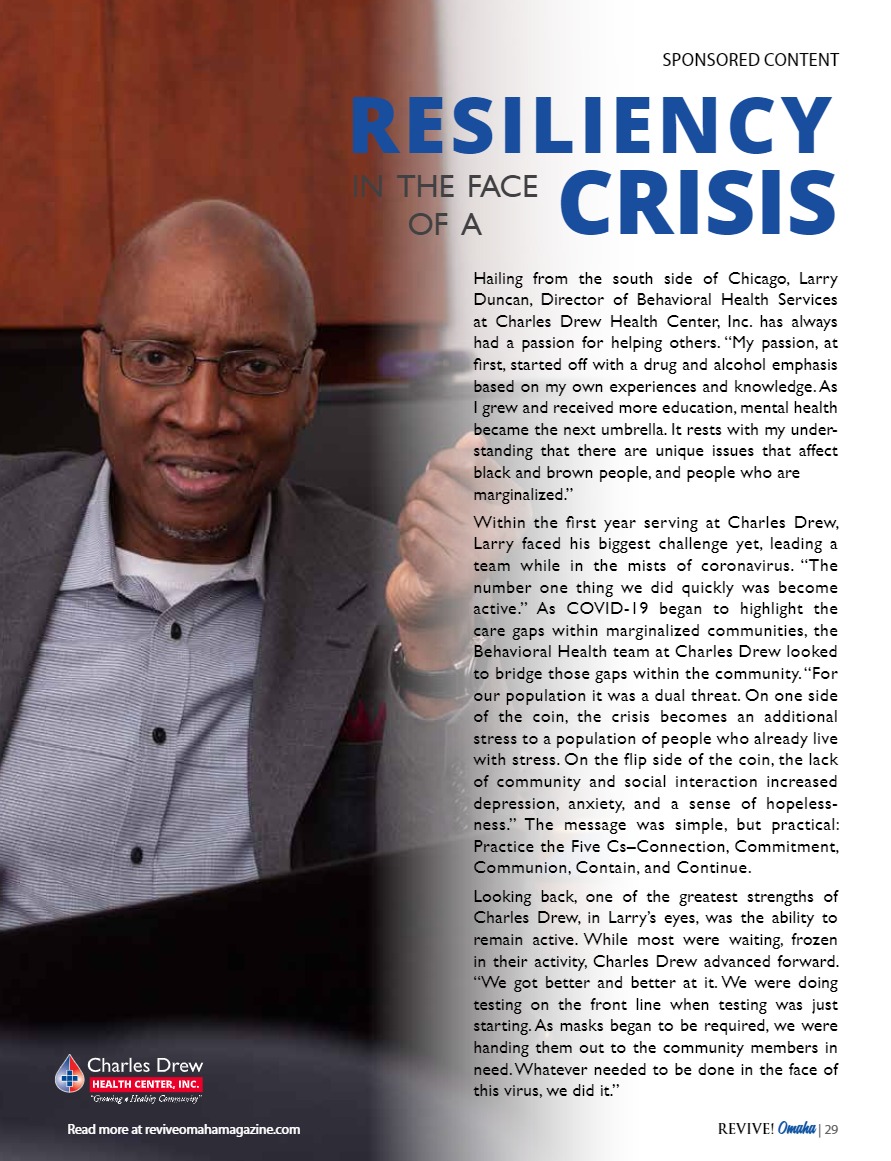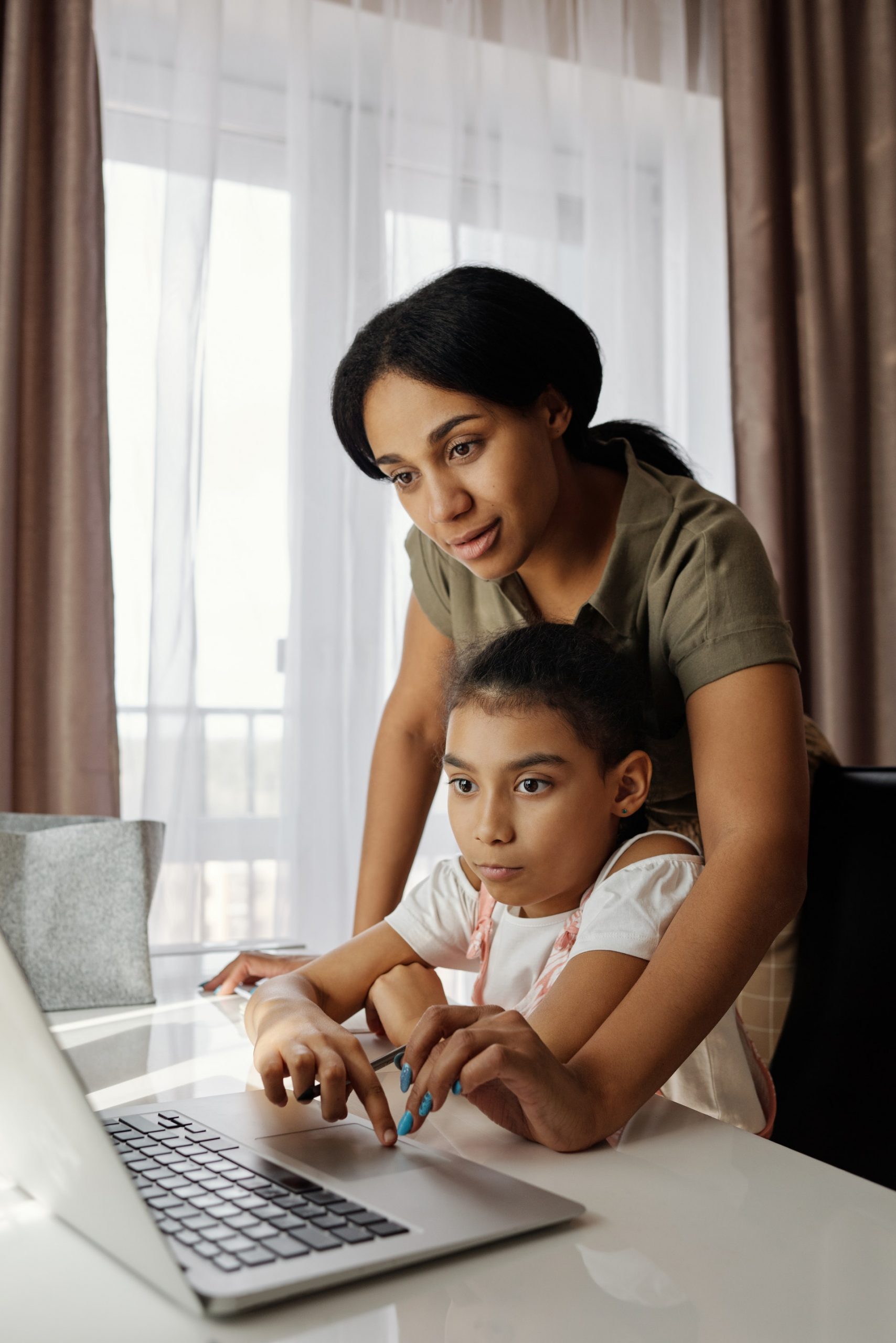Sponsored Content:
Charles Drew Health Center
Hailing from the south side of Chicago, Larry Duncan, Director of Behavioral Health Services at Charles Drew Health Center, Inc. has always had a passion for helping others. “My passion, at first, started off with a drug and alcohol emphasis based on my own experiences and knowledge. As I grew and received more education, mental health became the next umbrella. It rests with my understanding that there are unique issues that affect black and brown people, and people who are marginalized.”
Within the first year serving at Charles Drew, Larry faced his biggest challenge yet, leading a team while in the mists of coronavirus. “The number one thing we did quickly was become active.” As COVID-19 began to highlight the care gaps within marginalized communities, the Behavioral Health team at Charles Drew looked to bridge those gaps within the community.
“For our population it was a dual threat. On one side of the coin, the crisis becomes an additional stress to a population of people who already live with stress. On the flip side of the coin, the lack of community and social interaction increased depression, anxiety, and a sense of hopelessness.”
The message was simple, but practical: Practice the Five Cs–Connection, Commitment, Communion, Contain, and Continue.
Looking back, one of the greatest strengths of Charles Drew, in Larry’s eyes, was the ability to remain active. While most were waiting, frozen in their activity, Charles Drew advanced forward.
“We got better and better at it. We were doing testing on the front line when testing was just starting. As masks began to be required, we were handing them out to the community members in need. Whatever needed to be done in the face of this virus, we did it.”


